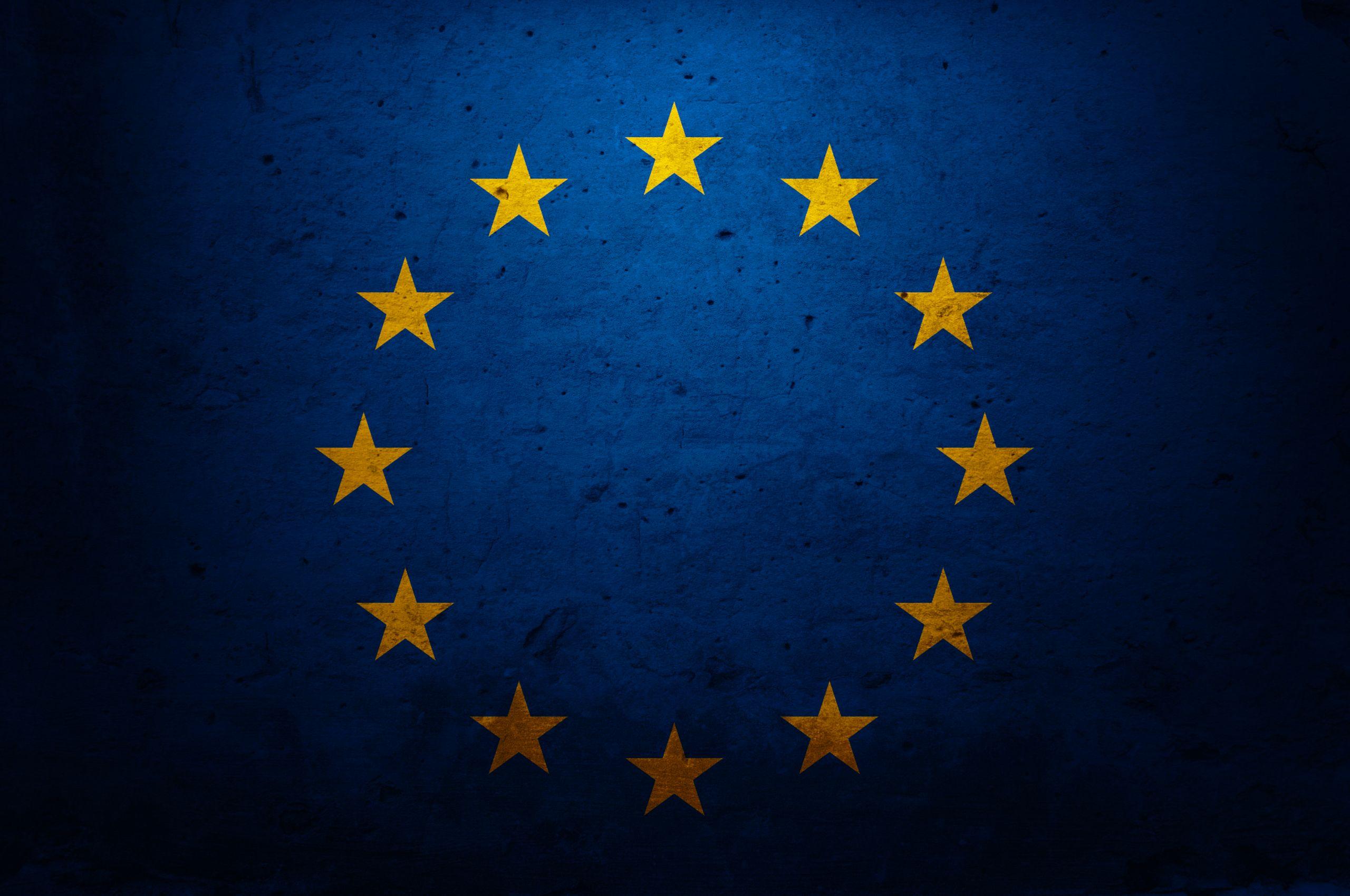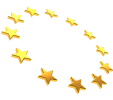This article is the product of a POLITICO Working Group.
The EU aims to revamp its approach to chemicals as part of its long-term zero pollution goal.
The details are spelled out in the Chemicals Strategy for Sustainability, and this fall will see action on several crucial areas, including an update of the bloc’s landmark REACH chemicals legislation and revising rules on the classification, labeling and packaging of chemicals.
The broad policy goal has a lot of support — underlined by the recent report from the European Environment Agency finding that exposure to pollution causes over 10 percent of all cancer cases in Europe.
But while green groups urge faster action and a far tighter regulatory regime, industry is calling for caution, warning that badly framed rules could hobble innovation and of unintended consequences for innovation and consumer satisfaction.
Those differences were on stark display at a POLITICO working group, where policymakers, industry leaders and NGOs debated the path to making chemicals more sustainable.
1. Grouping
A key friction point is grouping — the term for restricting or banning substances posing similar hazards, risks or functions instead of going one-by-one.
The aim is to make regulating chemicals simpler and quicker, and to ensure chemicals manufacturers can’t replace one dangerous, banned substance with another similarly dodgy chemical — as has happened in the past.
But that’s worrying the European chemicals industry; while companies aren’t objecting to the method itself, they do hold strong opinions on how such groups should be defined. They warn chemicals can have fundamental differences in properties and related behaviors, and that grouping could lead to broader-than-needed restrictions.
“The groups need to make sense,” said Marco Mensink, head of the European Chemical Industry Council (Cefic). If the approach is too wide, then industry will be forced to push for reams of exemptions. “The whole system will go down and get clogged by derogations,” he said.
Green groups have an answer for that: Don’t allow derogations, said ClientEarth’s Apolline Roger.
“I must say I’m surprised because the chemical industry is the best expert I know on grouping,” added European Environmental Bureau policy expert Tatiana Santos, who pointed out that the industry has long registered chemicals for use on the EU market by group.
The European Commission is sticking with the idea of grouping, but is aware of the pressure surrounding opt-outs.
“We have to find a good combination between grouping and derogations,” said Giuseppe Casella from the EU executive’s industry and internal market department.
2. Essential use
Another contentious area is “essential use” — a concept which is supposed to ensure that harmful chemicals are only allowed if they are essential for health and safety or are critical for the functioning of society and if there are no alternatives.
The problem: Everyone has their own definition of “essential.”
The classic example of a non-essential application is the use of chromium trioxide — a carcinogenic — to make lipstick cases shiny. But some argue it’s not so clear-cut.
Dow’s product safety and compliance director Elizabeth Uhlhorn warned that too narrow a definition of essential use could lead to compromising a product’s performance, pointing to detergent as an example.
“I have a six-year-old,” she said. “She’s dirty all the time. So cleaning her clothes is really important … if they’re dirtier and dirtier and dirtier, then you’re discarding clothes” — thereby creating textile waste due to inferior detergent.
Renew MEP Martin Hojsík disagreed, adding he senses there’s been a shift in consumer expectations — people are happier with detergent making the clothes less than sparkling white if it means they can avoid toxic chemicals: “The challenge there is that newborns are already containing certain chemicals which they shouldn’t,” he said.
3. Regulating the supply chain
The EU executive this year also unveiled its Ecodesign for Sustainable Products Regulation, a proposal designed to “stimulate the production and consumption of sustainable products” — including chemicals. The aim is to restrict the presence of certain chemicals in products to improve “environmental performance.”
The specific rules for the chemicals sector have yet to be unveiled — that’ll come later in the form of additional legislation — but wishlists for the upcoming rules are already circulating.
It’s going to be crucial to have consistency among all the chemical regimes — REACH, the Classification, Labelling and Packaging Regulation and the Ecodesign for Sustainable Products Regulation proposal — said Cefic’s executive director, Sylvie Lemoine.
Santos of the European Environment Bureau wants the new ecodesign rules to cover “safer alternatives” to dangerous chemicals in a way that REACH can’t.
REACH focuses on specific chemicals without looking at product categories — meaning, for example, that it can’t dictate with what materials a toy can be made. The sustainable products regulation could fill that gap, she argued.
The Commission said it would look at “synergies” among the various regulations. “What we agreed is that it’s important that the two areas work together, but also that the chemical [risks] probably should stay where [they are] in REACH,” said Otto Linher, a Commission expert on REACH.
4. Animal testing
Any discussion about making chemicals more sustainable quickly shifts to ending animal testing — a common goal of both animal rights campaigners and the industry.
“Continuing to rely on animal tests rather than cutting-edge scientific advances will hold back achievement of the aims of the Chemicals Strategy for Sustainability and the overarching goals of the EU Green Deal,” Cefic and Cruelty Free Europe wrote in a joint statement in the fall.
“That’s one way to accelerate innovation,” said Cefic’s Lemoine, adding: “For every new chemical we [design], it just takes too long to do all the safety assessments.”
Renew MEP Hojsík pointed out that while lab animals suffer during testing, “and we should try to replace it,” the big danger comes from hazardous chemicals that “are not only putting us in danger, but also the biodiversity animals in the wild.”
That’s where tighter regulation comes into play, he argued, making the case for more data transparency and regulating chemicals by group.
This article is the product of a POLITICO Working Group presented by Dow and was produced with full editorial independence by POLITICO reporters and editors. Learn more about editorial content presented by outside advertisers.


